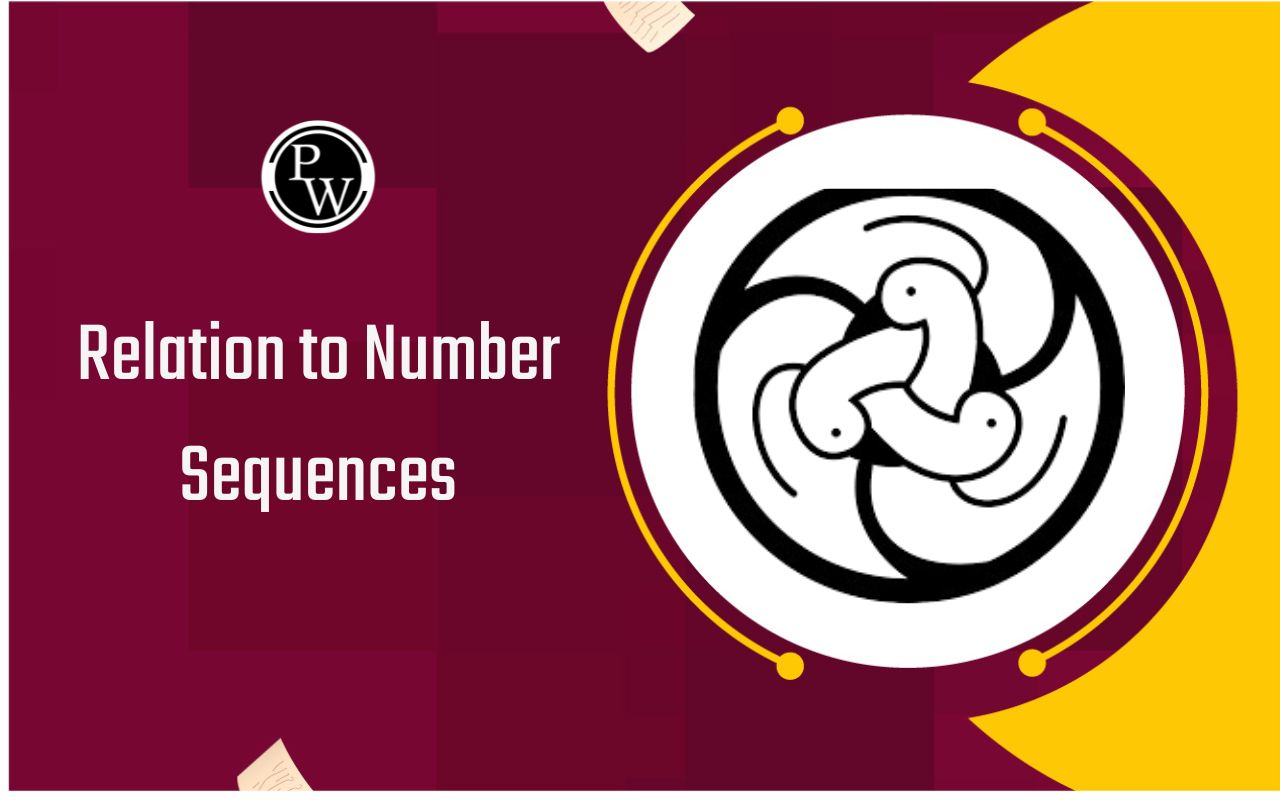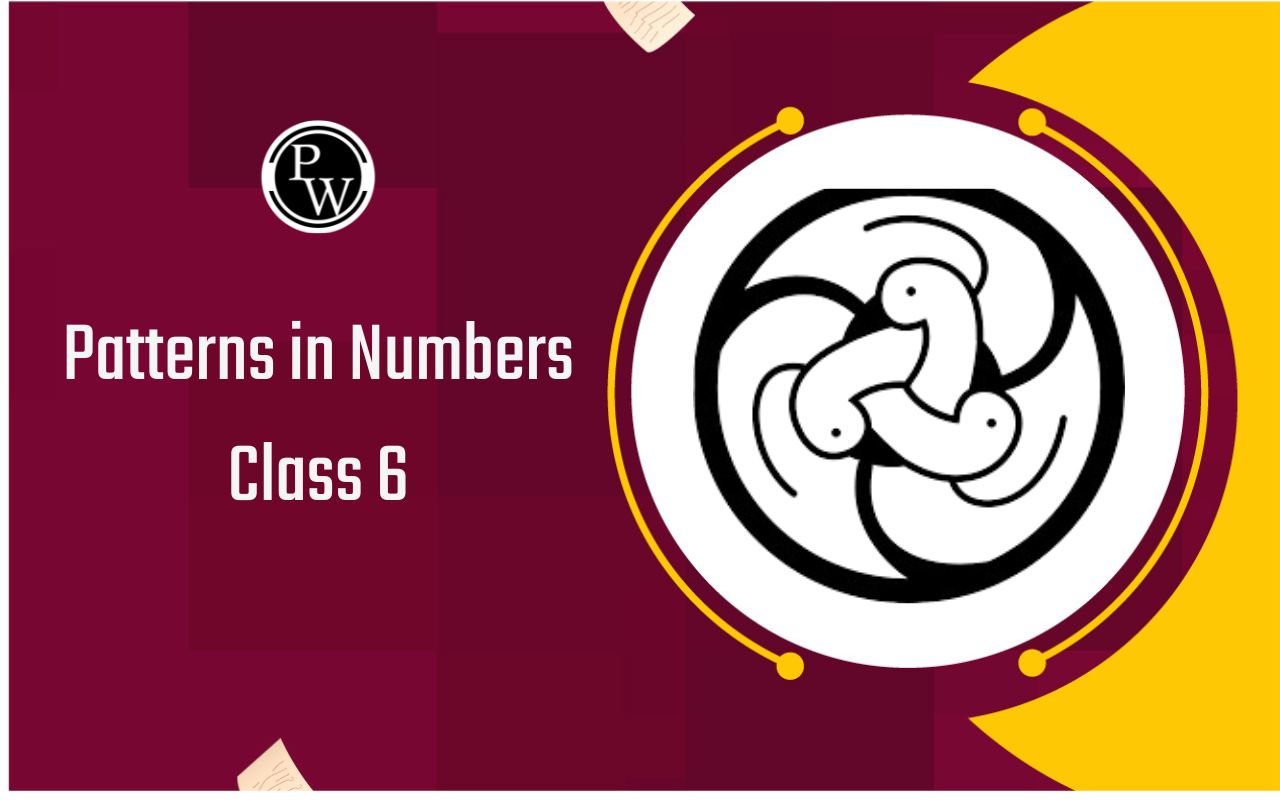
NCERT Solutions for Class 6 Social Science History Chapter 9
NCERT Solutions for Class 6 Social Science History Chapter 9: NCERT Solutions for Class 6 Social Science History Chapter 9 discusses traders, coastal kingdoms, the expansion of Buddhism, why pilgrims visit monasteries, the emergence of Bhakti, and why it became popular. Following these subjects, students will discover related questions in the exercises at the end of each chapter. In NCERT Solutions for Class 6 Social Science History Chapter 9 "Traders, Kings, and Pilgrims," we've given answers to these exercise questions. These answers are designed to assist students in getting ready for their yearly exams.NCERT Solutions for Class 6 Social Science History Chapter 9 PDF Download
NCERT Solutions for Class 6 Social Science History Chapter 9 Traders, Kings, and Pilgrims
The NCERT Solutions for Class 6 Social Science History Chapter 9 Traders, Kings, and Pilgrims are given below in a simple but detailed way for CBSE class 6 students. Question 1 Match the following| Muvendar | Mahayana Buddhism |
| Lords of the Dakshinapatha | Buddhacharita |
| Ashvaghosha | Satavahana rulers |
| Bodhisattvas | Chinese pilgrim |
| Xuan Zang | Cholas, Cheras and Pandyas |
| Muvendar | Cholas, Cheras and Pandyas |
| Lords of the Dakshinapatha | Satavahana rulers |
| Ashvaghosha | Buddhacharita |
| Bodhisattvas | Mahayana Buddhism |
| Xuan Zang | Chinese pilgrim |
NCERT Solutions for Class 6 Social Science History
Question 3 What kinds of evidence do historians use to find out about trade and trade routes? Answer: Historians rely on various clues to learn about trade and the paths it took: 1. Experts in archaeology have gathered data on the Northern Black Polished Ware. They have shared details about bowls and plates discovered at different locations across the subcontinent. Their assumption is that traders likely transported these items from where they were created to other places. 2. Historians discover proof of trade in Sangam poems or literary works. For instance, one poem describes the goods brought to Puhar, a significant port on the east coast.- Swift prancing horses by sea in ships
- bales of black pepper in carts
- gems and gold born in the Himalayas
- sandalwood born in the western hills
- the pearls of the southern seas
- corals from the eastern oceans
- the yield of the Ganga and the crops from the Kaveri
- foodstuffs from Sri Lanka
- pottery from Myanmar and other rare and rich imports.
NCERT Solutions for Class 6 Social Science History Chapter 2
Question 4 What were the main features of Bhakti? Answer:- Bhakti is commonly understood as a person's deep love and loyalty to their chosen deity.
- The concept of Bhakti is found in the Bhagavad Gita, a holy book of the Hindus.
- In the Bhagavad Gita (part of the Mahabharata), Krishna, the God, advises Arjuna, his devotee and friend, to let go of all duties and seek refuge in him. According to Krishna, only he can free Arjuna from all wrongdoing.
- Those who followed the Bhakti system stressed the importance of devotion and personal worship of a single god or goddess, rather than engaging in elaborate rituals.
- Deities like Shiva, Vishnu, and goddesses such as Durga were revered through the practice of Bhakti. This form of worship became a significant aspect of Hinduism.
- Ordinary folks were drawn to Bhakti because Bhakti saints spoke in a way that people could easily understand.
- The saints highlighted the worship of specific gods, which later became a key aspect of Hinduism and grew in importance.
- These gods included Shiva, Vishnu, and goddesses like Durga. Bhakti is generally seen as a person's devotion to their chosen god.
- Anyone, regardless of wealth, caste, gender, could follow the Bhakti path. They emphasised uncomplicated methods for Moksha or salvation, the ultimate goal of life.
NCERT Solutions for Class 6 Social Science History Chapter 5
Question 7 List five things that you buy from the market. Which of these are made in the city/village in which you live and which are brought by traders from other areas? Answer: List of things that we buy from the market: (a) Things made in our city- The pots and pans of shiny steel.
- Bright plastic baskets.
- Clothes printed with brilliant floral designs.
- Clockwork or electronic toys.
- Radio and Television sets.
- Clay pots crafted by our village potter.
- Leather shoes and sandals created by our village shoemaker.
- Wooden toys and items produced by our village carpenter.
- Iron and metal tools and items crafted by our village blacksmith.
- Rings and other jewellery crafted by our village goldsmith.
- Swift prancing horses by sea in ships.
- Bales of black pepper in carts.
- Gems and gold from southern India.
- Sandalwood collected from the forests of Karnataka.
- The pears of the southern seas.
NCERT Solutions for Class 6 Social Science History Chapter 1
Major Pilgrims performed by the people in India are:
1. Going to a shrine, temple, or dargah can be done by walking, taking a bus, a train, or an aeroplane, and some even use ponies or horses or simply walk. Examples include visiting places like Kailash Mansarovar, the ShivLing near Pahalgam in Jammu and Kashmir, Vaishno Devi shrine, Ajmer-Pushkar, or the Dargah of Chisti. 2. Participating in the Rath Yatra in Puri, Orissa is also an option. 3. People visit places like Tirupati, Meenakshi temple, or Char Dham. 4. Hajj is a pilgrimage specifically performed by Muslims. 5. The Golden Temple, Hazur Sahib, and other historical Gurudwaras are visited by Sikhs, Hindus, and others.I. MULTIPLE CHOICE QUESTIONS
Choose the correct option to complete the statements given below:(i) Puhar was an important port on the
(a) West coast
(b) East coast
(c) Malabar coast
(d) None of the above.
(ii) The most fertile river valley was
(a) Kaveri
(b) the Yamuna
(c) Ganga
(d) None of the above.
(iii) The capital of the Pandyas was
(a) Madurai
(b) Mudumalai
(c) Patliputra
(d) Ujjain.
(iv) The Satavahanas became an Important dynasty In
(a) Northern India
(b) Eastern India
(c) Southern India
(d) Western India
(v) The rulers who ruled over central Asia and north-west India around 2000 years ago were
(a) Pandyas
(b) Cholas
(c) Kushans
(d) Cheras.
Answer:(a) – (b), (iii) – (a), (iii) – (a), (iv) – (d), (v) – (c).
NCERT Solutions for Class 6 Social Science History Chapter 3
FILL IN THE BLANKS
Fill in the blanks with appropriate words to complete each sentence.- Gold, ……… and ……….. were in abundance in South India.
- Gautamiputra Shri Satakami and other Satavahana rulers were known as lords of the …………
- The famous Kushan ruler ………….. organised a Buddhist council.
- The older form of Buddhism was known as ……………..
- Buddha’s attainment of enlightenment was shown by sculptures of the ………………………tree.
- Anyone could follow the path of………………
- Xuan Zang, a Chinese Buddhist pilgrim took the………………… route to return to China.
- …….. was the most famous Buddhist monastery.
- The two major centres of power of the Kushanas were ……………….. and ………….
- The images of deities were placed within special homes or places known as
- spices, precious stones
- dakshinapatha
- Kanishka
- Kanishka
- peepal
- Bhakti
- land
- Nalanda
- Peshawar, Mathura
- temples.
TRUE/FALSE
State whether these sentences are true (T) or false (F).- FaXran started his journey back home from Nalanda.
- Pepper, a very important spice grown in South India, was known as black gold in the Roman Empire.
- Muvendar is a Bengali word meaning three chiefs.
- Puhar or Kaveripaltinam was the port of the Pandyas.
- The statues of Buddha were made in Mathura and Taxila.
- Bodhisattvas were persons who had attained enlightenment.
Answer:
- False
- True
- False
- False
- True
- True.
NCERT Solutions for Class 6 Social Science History Chapter 4
MATCHING SKILL
Match the items in column A correctly with those given in column B.Column B Ans.
(i)—(b), (ii)—(d), (iii)—(a), (iv)—(e), (v)—(c).
Ans.
(i)—(b), (ii)—(d), (iii)—(a), (iv)—(e), (v)—(c).
VERY SHORT ANSWER TYPE QUESTIONS
1. Where can evidence of trade be found?
Ans: Evidence of trade can be found in the Sangam poems. 2. What was South India famous for? [Imp.] Ans: It was famous for items like gold and precious stones and spices like pepper. Q. 3. How can you say that Rome had a flourishing trade with south India?Ans. Many Roman gold coins have been found in south India. 3. Name the three ruling families of south India Ans: The Cholas, Cheras and Pandyas. 4. How did the chiefs use the tribute that they collected from neighbouring areas? Ans: They kept some of the wealth for their use and distributed the rest amongst their supporters. 5. Who were the supporters of the chiefs? Ans: Their family members, soldiers and poets. 6. Name the items that the chiefs gave to the poets as a reward. Ans: Precious stones, gold, horses, elephants, chariots and fine cloth. 7. Why do you think Gautamiputra Shri Satakarni wanted to control the coasts? Ans: He wanted to do this to become more efficient and powerfulNCERT Solutions for Class 6 Social Science History Chapter 6
8. What qualities of silk make it a highly valued fabric? Ans: Silk has a rich, glossy colour and smooth texture. 9. How is making silk a complicated process? [V. Imp.] Ans: Raw silk is extracted from the cocoons of silkworms, spun into thread, and then woven into cloth. 10. Who were the earliest rulers of the subcontinent to issue gold coins? Ans: The Kushanas were the earliest rulers to issue gold coins 11. Who was Kanishka? Mention one of his achievements. [V. Imp.] Ans: Kanishka was the famous ruler of the Kushana dynasty. He organised a Buddhist council where scholars used to discuss important issues, 12. Who were Bodhisattvas? Ans: They were holy persons who had attained enlightenment. 13. Name the countries where the worship of Bodhisattvas became popular. Ans: Central Asia, China, Korea and Japan 14. Name some Chinese Buddhist pilgrims. Ans: Fa Xran, Xuan Zang and I-Qing. 15. Mention the important features of later Hinduism. [V. Imp.] Ans: The worship of deities like Shiva, Vishnu, and Goddess Durga became popular 16. What was given much importance under the system of Bhakti? [V. Imp.] Ans: The devotion and individual worship of a god or goddess were given much importance under the system of Bhakti.NCERT Solutions for Class 6 Social Science History Chapter 7
SHORT ANSWER TYPE QUESTIONS
1. Who was Gautamiputra Shri Satakami? How do we come to know about him?[Imp.]
Ans: Gautamiputra Shri Satakami was a well-known leader of the Satavahana dynasty. Information about him is found in an inscription written by his mother. As per the inscription, he, along with other Satavahana rulers, were recognized as leaders of the dakshinapatha, a term referring to the whole southern region. He dispatched his army to the eastern, western, and southern shores. 2. How did the knowledge of silk spread far and wide? [V. Imp.] Ans: China is where silk originated first. Even though the methods of making silk were a secret in China for a long time, eventually, people from other places learned about them.- Chinese people travelled to faraway lands using walking, riding horses, and camels, taking silk with them.
- At times, rulers from China sent silk as gifts to leaders in Iran and West Asia. This helped in spreading the knowledge of silk to the west.
NCERT Solutions for Class 6 Social Science History Chapter 8
LONG ANSWER TYPE QUESTIONS
1. What do you mean by Silk Route? What was its significance? [V. Imp.]
Ans: The path through which traders transported silk is called the Silk Route. Silk was first created in China, and the methods of making it were kept a secret for many years. However, traders eventually shared the knowledge of silk widely. People were attracted to it because of its smooth texture. Wearing silk became a trend among rulers and wealthy individuals in Rome. In India, rulers also attempted to regulate the Silk Route. This was done to gain benefits from taxes, tributes, and gifts brought by traders using the route. The Kushanas were well-known rulers who governed the Silk Route. During their reign, a segment of the Silk Route stretched from Central Asia to the seaports at the mouth of the river Indus. From there, silk was shipped westward to the Roman Empire. 2. How did Buddhism grow during the Kushan dynasty? [Imp.] Ans: Kanishka was a highly respected ruler of the Kushana dynasty. Under his rule, Buddhism expanded significantly. He arranged gatherings called Buddhist councils, where scholars met to discuss important matters. In his court, Ashvaghosha, a famous poet, wrote the life story of Buddha. A new form of Buddhism called Mahayana emerged, introducing two notable changes. Initially, Buddha's presence was represented in sculptures using specific symbols, but later on, statues of Buddha were crafted. Cities like Mathura and Taxila became renowned for producing numerous Buddha statues. The second significant change was the belief in Bodhisattvas, revered individuals who had achieved enlightenment. The worship of Bodhisattvas became popular in Central Asia, China, and eventually reached Korea and Japan. Buddhism also extended its influence to western and southern India, as well as southeastwards to Sri Lanka, Myanmar, Thailand, and other parts of Southeast Asia, including Indonesia. 3. What was the Bhakti movement? Why did it become more popular? [V. Imp.] Ans: Bhakti movement was a new way of worship. Bhakti means devotion to a particular deity. During the post-Vedic era some deities like Shiva, Vishnu, and Durga became popular among the devotees. This inclination towards deities came to be known as the Bhakti movement. It became popular because there was no discrimination among the worshippers or devotees. There was no difference whether one was rich or poor, high or low, man or woman. Everyone was allowed to worship the deities of his/ her own choice. The Bhakti movement discarded the performance of elaborate sacrifices.NCERT Solutions for Class 6 Social Science History Chapter 10
Benefits of NCERT Solutions for Class 6 Social Science History Chapter 9
The NCERT solutions for Class 6 History Chapter 9, titled "Traders, Kings, and Pilgrims," provide a comprehensive and detailed understanding of the historical events and concepts covered in the chapter. Here are some key benefits of using NCERT solutions for Class 6 History Chapter 9:- Comprehensive Coverage: NCERT solutions ensure that the entire chapter is thoroughly covered. The solutions are structured to include all the important topics and subtopics, leaving no gaps in the students' understanding of the historical content.
- Clarity of Concepts: The solutions are written in a clear and concise manner, making it easy for students to grasp the concepts explained in the chapter. The language used is student-friendly, ensuring that even complex historical ideas are presented in an accessible way.
- Accurate Information: The NCERT solutions for Class 6 History Chapter 9 are based on accurate historical information. Students can rely on these solutions to obtain authentic and verified content that aligns with the curriculum.
- Exam Preparation: NCERT solutions serve as an excellent resource for exam preparation. They not only help students understand the concepts but also provide them with practice questions and exercises that are in line with the examination pattern. This enables students to be well-prepared for their history exams.
- Structured Format: The solutions are presented in a well-structured format, with each topic and subtopic organised systematically. This helps students in creating a coherent framework of historical events and understanding their chronological order.
- Enhanced Learning: By using NCERT solutions, students can enhance their overall learning experience. The solutions often include additional information, interesting facts, and relevant examples that go beyond the textbook, making the learning process more engaging and enjoyable.
- Self-Assessment: NCERT solutions typically include exercises and questions that allow students to assess their understanding of the material. This self-assessment aspect is crucial for identifying areas of weakness and working on them for improvement.
- Promotes Critical Thinking: The solutions often encourage students to think critically about historical events, analyse different perspectives, and draw conclusions. This promotes a deeper understanding of history and helps students develop critical thinking skills.
NCERT Solutions for Class 6 Social Science History Chapter 11
NCERT Solutions for Class 6 Social Science History Chapter 9 FAQs
How do trade routes discussed in Chapter 9 impact historical developments?
What role did kings play in ancient societies, as discussed in Chapter 9?
Are there real-life examples of pilgrimages discussed in Chapter 9?
Can the concepts from Chapter 9 be applied to modern-day scenarios?
How do NCERT Solutions encourage critical thinking about history?








